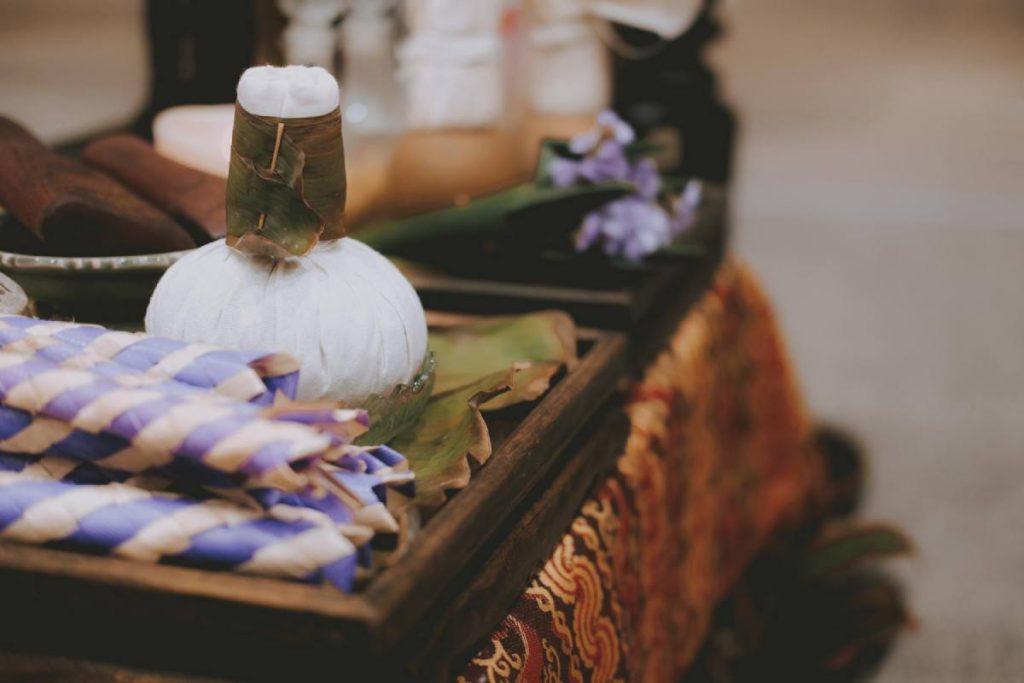Why the Traditional Hamam Still Matters Today
In a world that’s always moving faster, the Traditional Hamam offers a rare chance to slow down and reset. More than just a cleansing ritual, the Traditional Hamam represents a lifestyle that values health, reflection, and social connection through mindful rituals passed down for generations.
The Spiritual and Social Role of the Traditional Hamam
Historically, the Traditional Hamam was not only a place to wash but also to gather, reflect, and connect with others. From bridal celebrations to everyday gatherings, the Traditional Hamam was at the center of social life. Today, its warm ambiance and communal atmosphere continue to foster emotional and spiritual wellness.
Steps of a True Traditional Hamam Experience
The Traditional Hamam experience begins in the warm “hararet” room, where steam prepares the body. This is followed by a deep exfoliation with a kese mitt, then a foam massage on a heated marble slab. The Traditional Hamam ends with cool water rinses and a calm rest in the cooling area.
The Design and Architecture Behind the Traditional Hamam
Every detail of a Traditional Hamam is intentional—from the central marble slab (göbek taşı) to the high, domed ceilings that circulate heat. The symmetrical design of a Traditional Hamam isn’t just aesthetic; it enhances airflow, acoustics, and the therapeutic experience for visitors.
How the Traditional Hamam Supports Whole-Body Health
Thanks to the heat, steam, and natural exfoliation, the Traditional Hamam boosts circulation, clears the skin, and supports respiratory health. Many who visit a Traditional Hamam regularly notice fewer colds, smoother skin, and deeper sleep. It’s a full-body detox without chemicals—just heat, water, and human care.
Tips to Fully Enjoy the Traditional Hamam
To get the most from your Traditional Hamam visit, hydrate beforehand, don’t rush the process, and remain open to the flow of the ritual. Whether you’re in a centuries-old bathhouse or a modern-day hamam, the Traditional Hamam invites you to let go, be still, and embrace cleansing in every form.
Conclusion
The Traditional Hamam isn’t just a part of history—it’s a living tradition that continues to heal and connect. From ancient architecture to therapeutic rituals, the Traditional Hamam stands as a celebration of health, harmony, and humanity. It is a gentle reminder that taking time for care and reflection is never out of style.
Frequently Asked Questions
- Is the Traditional Hamam the same everywhere?
The Traditional Hamam follows a core structure but may vary slightly by region or facility. - What does a Traditional Hamam session include?
A Traditional Hamam typically includes steam time, exfoliation, a foam massage, and a cool rinse. - Do you need to book in advance?
Many Traditional Hamam venues recommend booking to ensure availability, especially during peak hours. - Is the Traditional Hamam okay for first-timers?
Yes, the Traditional Hamam is beginner-friendly, and attendants will guide you through the process. - Are there separate hours for men and women?
Most Traditional Hamam facilities offer gender-specific hours or separate sections for privacy. - Should I eat before going to a Traditional Hamam?
A light meal is okay, but avoid heavy food before entering the Traditional Hamam. - What should I wear inside the Hamam?
A pestemal is provided, and optional swimwear may be worn in the Traditional Hamam. - Can pregnant women go to a Traditional Hamam?
Always consult a healthcare provider first, as the heat of a Traditional Hamam may not be suitable for all pregnancies. - What makes the Traditional Hamam different from a steam room?
A Traditional Hamam is not just steam—it’s a ritual involving cleansing, scrubbing, and rest within a historic space. - How long should I stay in the Traditional Hamam?
A full Traditional Hamam session usually takes 60 to 90 minutes for optimal benefits.
